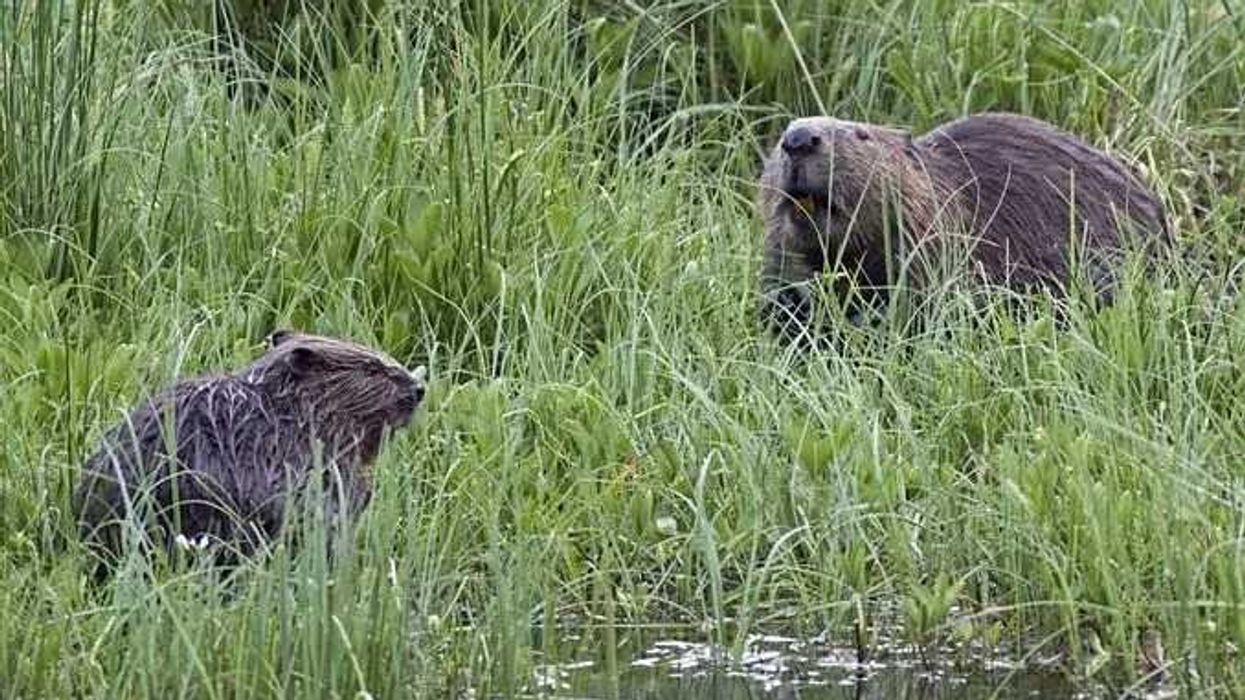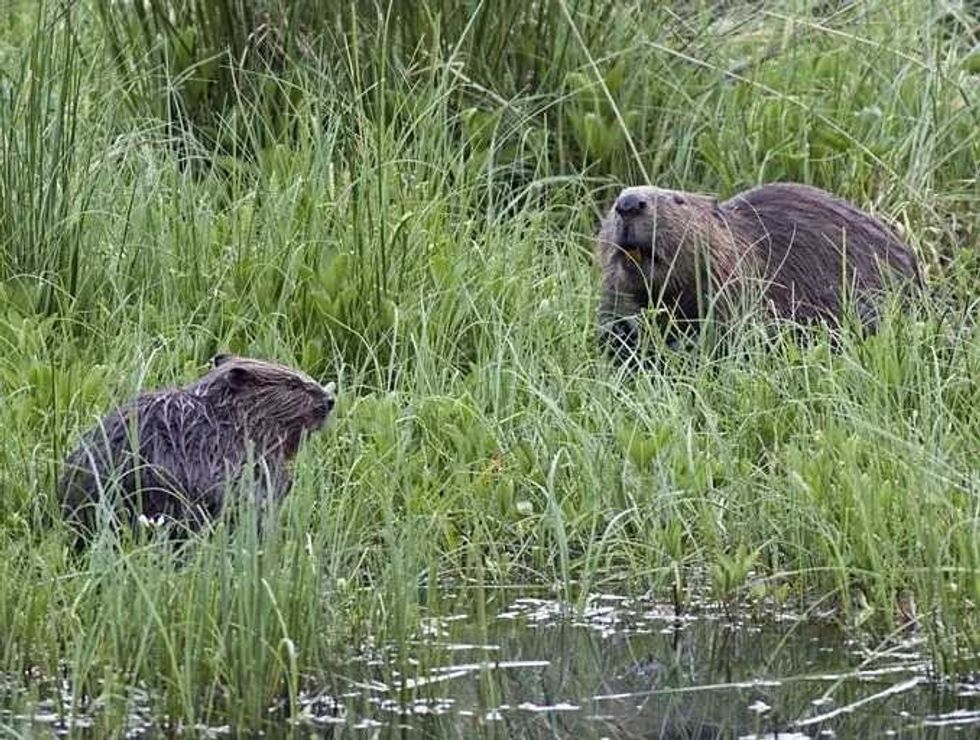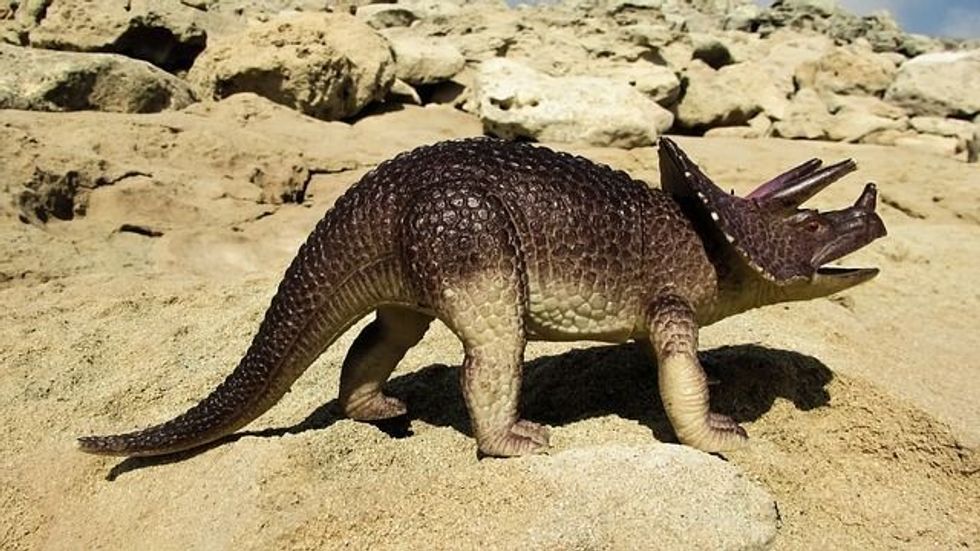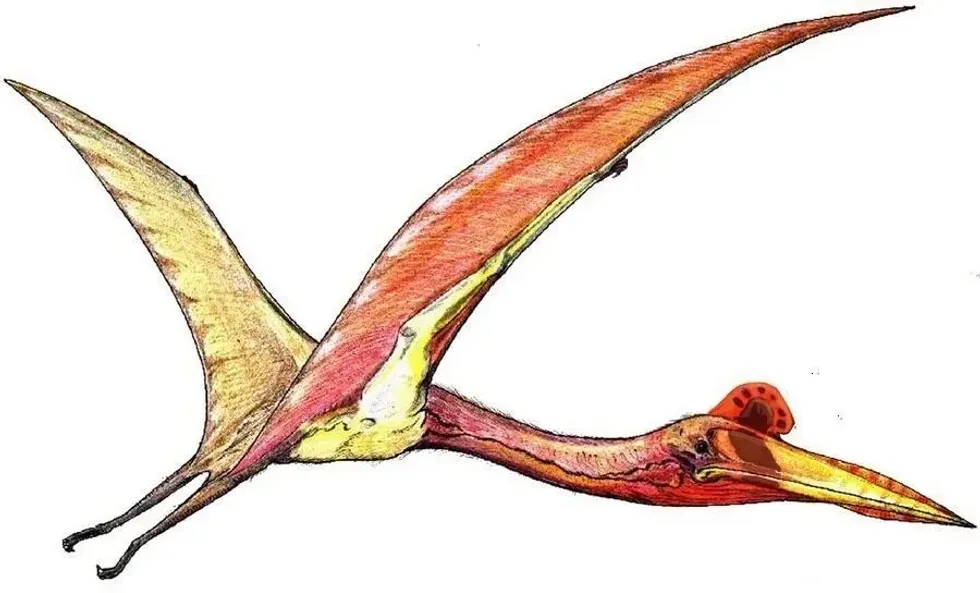Can you imagine an animal just on the brink of extinction brought back to life? If you did not know, we are talking about the Eurasian beaver, one of the most hard-working and diligent animals known.
These were once widespread throughout Eurasia, but we humans never seem to get enough from nature, and thus for their castoreum and fur, they were driven to extinction, almost! However, thanks to the government of Scotland, beavers were restored to good numbers in the 21st century.
These beavers are also known as ecosystem engineers as they help provide habitat for various other water animals by creating wetlands. Not just this, the reason they are quite valuable is that it also facilitates regrowth of plants around the area it lives, indirectly providing cover for birds too!
To add to their good deeds, the beavers also build dams on rivers to trap sediment and improve water quality and replenish the groundwater tables; what more could you ask from an animal, right?
The long list of how wonderful this nature's creation is continued below, so keep scrolling! Grab more amazing facts by reading our articles on water shrew facts and mountain beaver facts.
Eurasian Beaver Interesting Facts
What type of animal is a Eurasian beaver?
Beavers, generally speaking, are large rodents and Eurasian beavers belong to a category of beaver species that once had their population density in Eurasia but were hunted to near extinction!
What class of animal does a Eurasian beaver belong to?
The Eurasian beaver belongs to the class Mammalia.
How many Eurasian beavers are there in the world?
Currently, the estimated population size of these beavers is estimated to be 639,000 individuals in Europe, but believe it or not, these rodent species were once extinct! In many European countries, the Eurasian beaver was non-existent, but due to several protection programs, the beaver family was brought back to life in 2003.
Where does a Eurasian beaver live?
Eurasian beavers were once found in boreal and temperate regions in the Mediterranean region but posted their reintroduction, mostly near river drainages and floodplains. Their geographical range for this wildlife species includes parts of Europe, the UK, and Scotland.
They are also spotted at the ice surface of few frozen water bodies as they actually do work under the ice to get their food.
What is a Eurasian beaver's habitat?
These beavers are semi-aquatic animals whose habitat in the wildlife is freshwater systems such as streams, lakes, ponds, and rivers. Their preference is usually the forested areas of wildlife, but nowadays, this species of rodent can also be found in marshes and swamps.
The range of populations of these rodents is spread across Central Eurasia to north-eastern Europe, from Norway to Denmark and Germany to the Alps.
Who do Eurasian beavers live with?
Eurasian beavers are found living in colonies consisting of several mated adult pairs. This is usually beneficial for these wildlife animals to raise their children effectively.
How long does a Eurasian beaver live?
This beaver is known to have a lifespan of seven to eight years, but there have been individuals that have lived even up to 25 years!
How do they reproduce?
Eurasian beavers have a monogamous mating system with just a single breeding pair in a colony. They start mating at the age of three.
These wildlife species breed during January and February with a gestation period of about 60 - 128 days. The female beaver gives birth to one to three young beavers and takes care of her young beavers till they are six weeks old.
The other sub-adults of the colony help them with small sticks, food, and small bark until they reach the age of three months.
Then, by the age of approximately two years, the young leaves are sometimes even forced out by the adult female to find their own home or habitat. This proves that even the beaver is taught to be independent; how inspiring!
What is their conservation status?
According to IUCN, these rodents are now categorized into Least Concern following the reintroduction of various conservation initiatives. Previously extinct in Scotland for over four centuries. They are now native animals of Scotland. In fact, the existing populations of Scotland are made up of individuals that were introduced from the regions of Norway.
Eurasian Beaver Fun Facts
What do Eurasian beavers look like?
The Eurasian beaver has a scaly tail, which is naked, oval-shaped, and flattened. It has short legs, a blunt muzzle, valvular nostrils, and small ears. It also has nictitating membranes on its eyes. The coloration of their feet ranges from black to dark brown.
How cute are they?
These Eurasian beavers that were once a part of the IUCN Red List are now a wildlife photographer's best friend when it comes to capturing their day-to-day activities. Their adorable eating and storing food habits make them the picture capturer's favorite. In fact, most people really appreciate their concise and accurate building mastery, in short, their cute nature.
How do they communicate?
These Eurasian beavers related to Castor canadensis, commonly known as American beavers, have quite a few ways to communicate with each other. Within their family groups, the beavers greet each other with whines.
The younger beavers try to grab the adult's attention through mews, cries, and squeaks.
There is also tail hitting that acts as an SOS sign for the family groups they live in.
This sort of SOS is of immediate help when these entire groups of animals are in deep water. There is yet another peculiar evidence of their communication; the Eurasian beaver Castor fiber has been seen using a stick display that involves individuals rising out of the surface of the water while holding a stick in their mouth.
How big is a Eurasian beaver?
The Eurasian beaver castor fiber, or simply called a Eurasian beaver, is 31.5-39 in (80-100 cm) in length, and you could tell from their size that these animals are not as big as any of the keystone species from the mammal society such as lions, tigers, jaguars, and elephants.
How fast can a Eurasian beaver run?
Although the exact speed of the castor fiber is unknown, in general, they have a maximum speed of 5 mph (7 kph) when under duress. These beavers are, in fact, known for their graceful swimming both underwater and on the surface water level.
How much does a Eurasian beaver weigh?
They weigh around 24 lb-66 lb (11 - 30 kg).
What are the male and female names of the species?
Both the male and female species are known as beavers, and there are no specific names given to them.
What would you call a baby Eurasian beaver?
Baby beavers are known as kits, and these kits are given help to wean after they complete six weeks.
What do they eat?
Meet the vegetarian clan of the wildlife family, the Eurasian beavers! The range of their eating products goes from various aquatic plants found in several open water ecosystem places such as water lilies, pondweed, and sedges to various grasses like shrubs.
The beavers also consume woody vegetation, including many types of woody plants.
They also eat soft plants such as ferns, leaves, mushrooms, and the roots of water plants near rivers. In fact, did you know that these beavers native to UK and Scotland also enjoy eating berries during summer!
Are they dangerous?
Warning! as cute as the Eurasian beaver looks, they are equally dangerous. Attacks on water and land have been recorded where their characteristic sharp incisor teeth pose enough danger as they can tear and pass through limbs to cause a significant amount of bleeding to the victim. In addition, their attacks are proven to be fatal to domestic animals.
Would they make a good pet?
Sorry to disappoint you, folks! These beavers are not to be kept at home as they are wild animals and could surely cause trouble to your kids and family.
Did you know...
The Scottish beaver trial was the reinforcement project by the Scottish government to work towards bringing back the critically endangered keystone species to a legally protected native species.
Beavers are native to Germany, with about 6000 descendants from Elbe beavers.
About half of the beaver's world population lies in Russia, and the rest are distributed in various other countries.
You'd be surprised to know that beavers, once extinct in Britain, are now slowly returning to the UK with 200 wild beavers discovered in River Tay, Scotland's longest river.
Are Eurasian beavers endangered?
Believe it or not, but these Eurasian beavers were actually brought back from being permanently extinct! These once upon a time IUCN red list species were hunted to near extinction for their castoreum and fur, but as of date, their status has risen back to Least concern, although deterioration of habitat and pollution still make their survival difficult.
What is the difference between a Eurasian beaver and an American beaver?
There isn't much difference between the two except for their appearance; The Eurasian beaver has narrower, shorter shin bones and less oval-shaped tail than the North American species. The Eurasian beaver's anal glands are also larger than that of its American counterpart.
Here at Kidadl, we have carefully created lots of interesting family-friendly animal facts for everyone to discover! Learn more about some other animals including Southern short-tailed shrew facts and gopher facts.
You can even occupy yourself at home by coloring in one of our free printable Eurasian beaver coloring pages.









